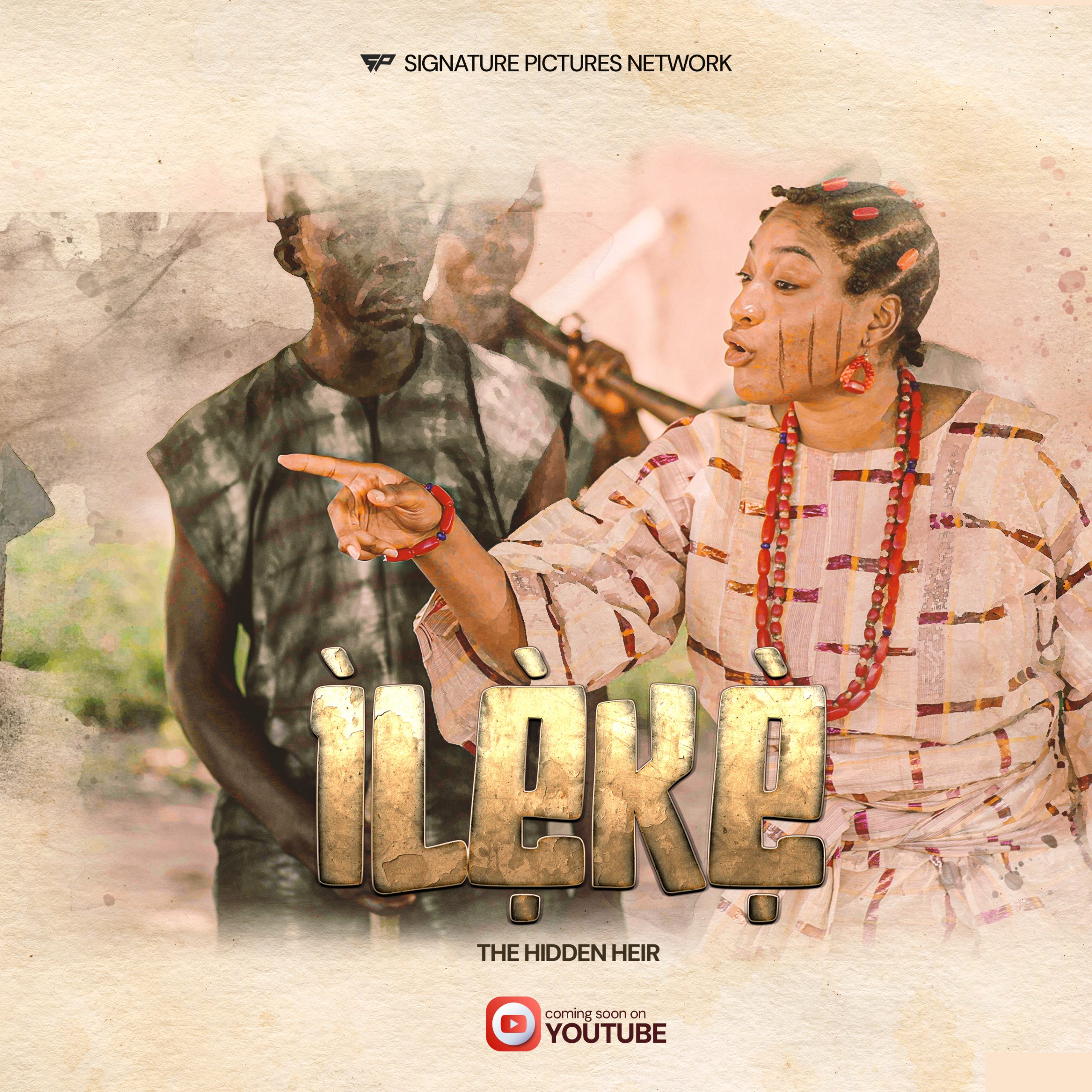In the world of artistic and cultural evaluation, a review is an essential tool for guiding audiences, creators, and communities in understanding and appreciating the significance of creative works. A review goes beyond simply summarizing a piece of art; it analyzes its depth, impact, and relevance within the broader cultural, social, and historical context. One such unique and culturally rich system for reviewing art and creative works is the “Ileke review,” which encompasses a holistic approach that celebrates authenticity, emotional resonance, and cultural relevance.
The concept of “Ileke,” derived from African cultural traditions, holds a sense of reverence and significance that extends to various forms of artistic expression, including music, film, literature, theater, and digital art. Ileke review serves as a powerful mechanism for evaluating these works, ensuring they are appreciated not just for their aesthetic value but also for their emotional, intellectual, and cultural contributions.
In this blog post, we will dive into the significance of the Ileke review, examining its origins, key elements, application across different art forms, and its importance in the context of modern creative landscapes. Whether you’re a creator, a critic, or an art enthusiast, understanding the Ileke review can enhance your appreciation of art and deepen your connection to the broader cultural conversations happening through creative expression.
What is the Ileke Review?
The Ileke review is a system of evaluating and critiquing creative works that is deeply rooted in African cultural traditions and values. The term “Ileke” is symbolic of something meaningful, often representing a culturally significant item or artifact. In the context of the Ileke review, it embodies the idea of reviewing and evaluating creative works with a focus on their cultural importance, emotional resonance, authenticity, and impact on society.
Unlike conventional reviews, which often center around technical aspects like production value, performance, and popularity, the Ileke review emphasizes the deeper connection that art has to its cultural context. It considers not only the craftsmanship and skill of the artist but also the messages conveyed, the traditions honored, and the social and emotional impact of the work. The review process is often community-based, incorporating feedback from various stakeholders—critics, creators, audiences, and experts—to provide a more comprehensive and culturally informed perspective.
In essence, an Ileke review is about more than just evaluating whether a work is “good” or “bad.” It is about understanding how the work fits into a larger cultural narrative, how it reflects or challenges societal values, and how it contributes to the ongoing evolution of art and culture. Through this lens, the review becomes an opportunity to celebrate and critique creative works in a way that honors both the individual artist and the community they represent.
Key Principles of the Ileke Review
The Ileke review is built on several key principles that guide its process and ensure that it remains aligned with cultural values, emotional engagement, and artistic integrity. These principles are designed to encourage a deeper, more nuanced understanding of the art being reviewed. Below are the core principles that define the Ileke review:
1. Cultural Authenticity
One of the primary criteria in an Ileke review is cultural authenticity. Art that is reviewed under the Ileke system must be true to the cultural values and traditions it represents. Cultural authenticity is about ensuring that the work remains grounded in the traditions, customs, and historical context from which it originates. Whether it’s a song, film, play, or artwork, a high rating in this area signifies that the artist has respectfully engaged with their cultural heritage, honoring its core values and sensibilities.
For example, a film that draws from African folklore or traditions should reflect the true essence of those stories and beliefs. An Ileke review would look closely at how well the filmmakers have depicted the culture, whether they have used authentic symbolism, and how the cultural context has been woven into the narrative. If the film uses elements of the culture for superficial or exploitative purposes, it would be evaluated negatively for a lack of authenticity.
2. Emotional Resonance and Intellectual Engagement
Art is not only about beauty or aesthetics; it is also about the emotions and ideas it stirs within the viewer. The emotional resonance of a work refers to its ability to connect with the audience on a personal level, evoking feelings such as joy, sorrow, nostalgia, or inspiration. Similarly, intellectual engagement reflects how well the work prompts reflection, provokes thought, or challenges established ideas.
An effective Ileke review evaluates how well the work resonates emotionally and intellectually. A piece of art may be technically excellent, but if it fails to connect with the audience or lacks depth in its thematic exploration, it may not fare well in an Ileke review. The best works are those that engage audiences on multiple levels—both emotionally and intellectually—offering something more than just surface-level entertainment.
3. Artistic Integrity
Artistic integrity is another fundamental principle of the Ileke review. This refers to the creator’s ability to express their ideas authentically and honestly, without succumbing to external pressures or commercial influences. Artistic integrity includes the creator’s commitment to their craft and their willingness to push boundaries, explore new ideas, and take risks.
In an Ileke review, the focus is on whether the artist has stayed true to their vision while maintaining a high standard of craftsmanship. A work that displays artistic integrity demonstrates the creator’s dedication to their craft and their commitment to delivering a message or experience that is meaningful and genuine.
4. Social and Cultural Impact
An important element of the Ileke review is the social and cultural impact of the work. This principle evaluates how the creative work influences its audience and society at large. Art has the power to shape opinions, raise awareness about important issues, and promote social change. In an Ileke review, works that address pressing social concerns, challenge the status quo, or unite communities are highly valued.
For example, a song that addresses inequality or a play that explores the dynamics of race and class would be evaluated for its potential to spark conversations and inspire action. The impact of a work is not measured solely by its commercial success but by the depth of its contribution to the social and cultural fabric of society.
5. Community Engagement and Reception
Unlike traditional reviews, which might be based solely on the opinion of critics or experts, the Ileke review places significant importance on community engagement and reception. The feedback of the audience, particularly the community from which the art originates, plays a crucial role in the review process.
The reception of a work by the community reflects its authenticity and relevance. If a work resonates with its audience, challenges them, or brings them together, it indicates that the artist has succeeded in creating something that reflects the values and concerns of the community. In the Ileke review, community feedback and engagement are essential in determining the overall value of the work.
The Application of Ileke Review in Various Art Forms
The Ileke review system can be applied to a wide range of artistic forms, each requiring different criteria for evaluation. Below, we will explore how the Ileke review is applied across various creative disciplines, including music, film, literature, theater, and digital art.
1. Music
In music, an Ileke review evaluates more than just the melody, rhythm, and lyrics. It also considers the cultural significance of the music, its emotional impact, and the artist’s ability to convey meaningful messages through sound. A song that reflects cultural heritage, addresses societal issues, or evokes deep emotions would receive high marks in an Ileke review.
For example, songs like “Redemption Song” by Bob Marley or “Waka Waka (This Time for Africa)” by Shakira, which have strong cultural messages and social relevance, would be positively evaluated within the Ileke framework. These songs resonate with listeners, inspire reflection, and celebrate cultural identity, making them strong candidates for an Ileke review.
2. Film and Theater
In the world of film and theater, Ileke reviews examine the cultural relevance, narrative depth, and social impact of the production. Films that portray cultural traditions, explore important societal themes, and evoke powerful emotions are highly valued. A film like “Black Panther,” for instance, which explores themes of identity, heritage, and empowerment, would receive a positive Ileke review for its cultural significance and its ability to engage viewers on both an emotional and intellectual level.
Similarly, a play that tackles social issues such as inequality or racism, while staying true to cultural narratives, would be positively reviewed for its social relevance and emotional depth.
3. Literature
In literature, the Ileke review focuses on how well an author represents their cultural heritage, engages readers with deep themes, and offers new perspectives. Authors like Chinua Achebe, Chimamanda Ngozi Adichie, and Ngũgĩ wa Thiong’o, who explore identity, heritage, and societal issues through rich narratives, would be highly regarded in the Ileke review system.
The review assesses the quality of the writing, the depth of the characters, the relevance of the themes, and how well the work contributes to global conversations on culture, identity, and social change.
4. Digital Art and Media
With the rise of digital media, the Ileke review system has adapted to evaluate new forms of art, including web series, video games, and online performances. Digital art that incorporates cultural storytelling, engages with social issues, and resonates emotionally with audiences can receive high marks in the Ileke review system.
For instance, a video game that explores cultural traditions, challenges players with ethical dilemmas, or promotes social justice themes could be positively reviewed for its creative use of technology and its potential impact on global audiences.
Challenges and Future of the Ileke Review
As with any system, the Ileke review faces certain challenges. One of the main challenges is ensuring that the review process remains culturally sensitive and inclusive, especially in a globalized world where art can cross cultural boundaries. Additionally, maintaining a balance between artistic freedom and cultural authenticity can sometimes be difficult, particularly when artists push boundaries or experiment with new forms of expression.
Despite these challenges, the Ileke review holds great potential for the future of art evaluation. As art continues to evolve and expand into new media and forms, the Ileke review provides a framework that encourages creators to stay true to their cultural roots while also pushing the boundaries of creativity. It also ensures that art remains relevant and impactful in a world that is increasingly interconnected and diverse.
Conclusion
The Ileke review is a unique and culturally rich approach to evaluating art, emphasizing authenticity, emotional depth, and social relevance. By considering the cultural context, emotional resonance, and community engagement, the Ileke review provides a more holistic and meaningful way to assess creative works. Whether applied to music, film, literature, theater, or digital media, the Ileke review highlights the importance of art as a tool for cultural expression, social change, and emotional connection. As the world of art continues to evolve, the Ileke review will play a crucial role in shaping the future of creative evaluation, ensuring that art remains a powerful and transformative force in society.

